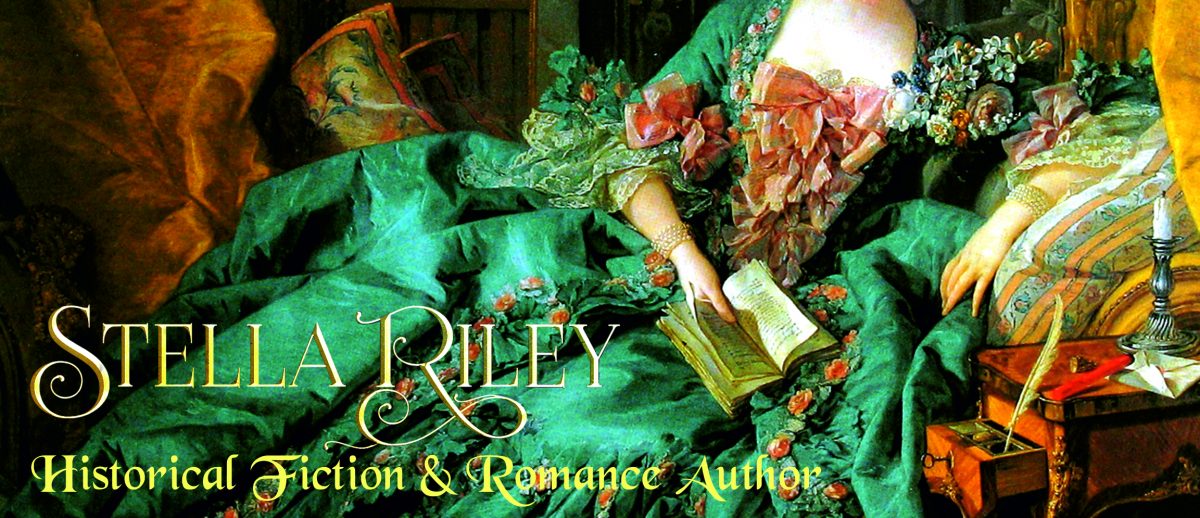Sir William Compton
1625 to 1663
Portrait by Sir Peter Lely
William was the third son of Spencer Compton, the 3rd Earl of Northampton. He attended Eton between 1634 and 1636 and presumably went from there to either Oxford or Cambridge – though I haven’t been able to establish which. When the Civil War broke out, William was just seventeen years old but he fought with his father’s regiment at Edgehill and, when Banbury Castle fell to the Cavaliers four days later, Major Sir William Compton – assisted by Lieutenant-Colonel Anthony Greene – became the Castle’s titular Governor. He also assembled a regiment of Foot under his father’s name … and, in a sense, they still exist today. Go to any Civil War battle re-enactment and you’re likely to find Lord Northampton’s green-jackets have set up camp.
I won’t go too deeply into Will’s time at Banbury. A large part of the garrison’s job was to keep Oxford supplied by raiding enemy convoys which made it a particular thorn in Parliament’s side and, even then, the town was a by-word for Puritanism. But until the summer of 1644, life in the Castle remained fairly quiet; mundane … possibly even tedious. And then the Parliament’s first serious attempt to re-take it changed all that.
The Great Siege of Banbury Castle lasted for fourteen weeks while 3,500 Parliamentarians threw everything they’d got against the 320 strong garrison. By the time the King sent help, the Cavaliers had neither powder, shot nor food and had eaten all but two of the horses. Read the full story of this and what happened afterwards in A Splendid Defiance.
After the death of Lieutenant-Colonel Greene in December ’44, William was raised to the rank of Colonel and got full Governorship of the Castle He was nineteen.
So what was this rather remarkable young man really like? Plainly, he had physical determination and courage; equally plainly, he possessed sufficient intelligence and authority to make men follow him despite his youth; and, in addition, he seems to have enforced a code of behaviour born of basic Anglican piety on the garrison – doubtless no easy task. But there is one particular incident which speaks of a passion for fairness … and that was his reaction to the attempt of his elder brother [now the 3rd Earl] to cashier Captain Tyrwhitt in 1645. William took up the cudgels in Tyrwhitt’s defence, defying his brother and stating that no officer of his would be cashiered in his absence for an unproven offence. He didn’t win – but, by God, he tried.
The Castle was besieged again in January of 1646 – this time by Colonel Whalley – and the Cavaliers held out until the King’s surrender made their own inevitable. William seems to have spent a large part of the next two years travelling abroad … probably in France and the Low Countries, perhaps even fighting in the Thirty Years War. He doesn’t re-emerge until 1648, when we hear of him settling on the estate in Kent granted to him by his grandfather. And the reason I’m featuring him in my Who’s Who now is because he pops back on to my pages in Garland of Straw.
As a Kentish land-owner, William automatically became involved in the risings that were part of the second Civil War. Now a Major-General, he fought at Maidstone and was an officer in Lord Norwich’s small, ill-fated army on the miserable journey [dogged every step of the way by Colonel Whalley] that eventually meandered its way to Colchester. After Banbury, William must have hoped never to find himself in a siege situation again … but to his superior officers [notably Sir Charles Lucas and Sir George Lisle] his experience must have been invaluable. Colchester held out from July 2nd to August 24th before surrendering to Sir Thomas Fairfax. Lucas and Lisle were put against a wall and shot. Sir William ended up in the Tower of London.
In 1651, Will married Elizabeth Tollemache and settled down in Cambridgeshire. He doesn’t appear to have taken part in the Worcester campaign – but he doesn’t appear to have retired from Royalist activities either. During 1652, he joined five other erstwhile Cavalier gentlemen in forming a secret society whose sole aim was the restoration of Charles 11. This clandestine group called themselves the Sealed Knot and made at least eight unsuccessful attempts over the next seven years. But, as time passed, four of Will’s co-conspirators concluded that a fifth member – Sir Richard Willys – had become a double-agent and was betraying them. Once again, William refused to accept a man’s guilt without solid evidence – and was excluded from the Knot as a result.
In 1660, Sir William sailed to Holland to escort King Charles 11 back from exile. He became an active member of the first two Cavalier Parliaments, serving on various committees and, we are told, often providing the voice of reason. Sadly, he died at his home in Drury Lane after a short and apparently sudden illness on October 18th, 1663. He was thirty-eight years old.
Samuel Pepys wrote of Sir William that ‘all of the world was saying he was one of the worthiest men and best officers of state in England‘ and also added that ‘no man ever spoke ill of him.‘
But who, after his conduct at Colchester, christened him The Godly Cavalier?
A surprise here.
It was Oliver Cromwell.





